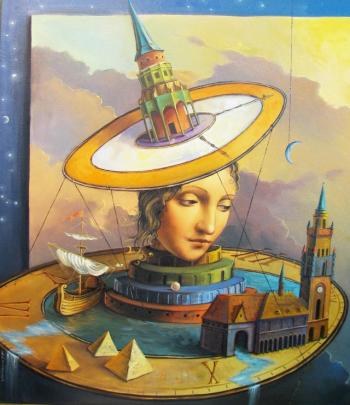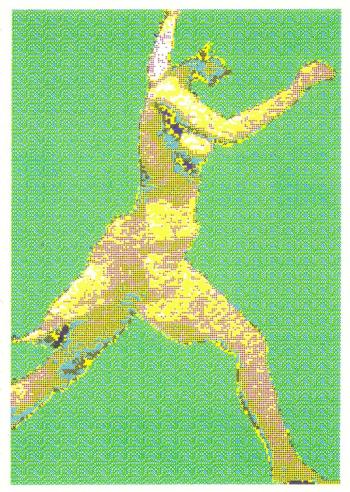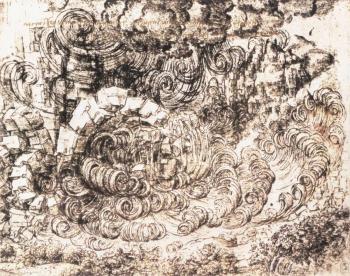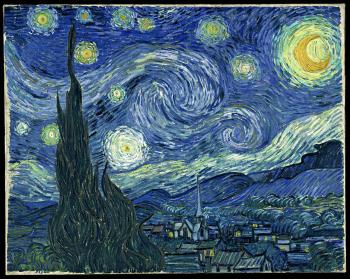Users Who Spiked
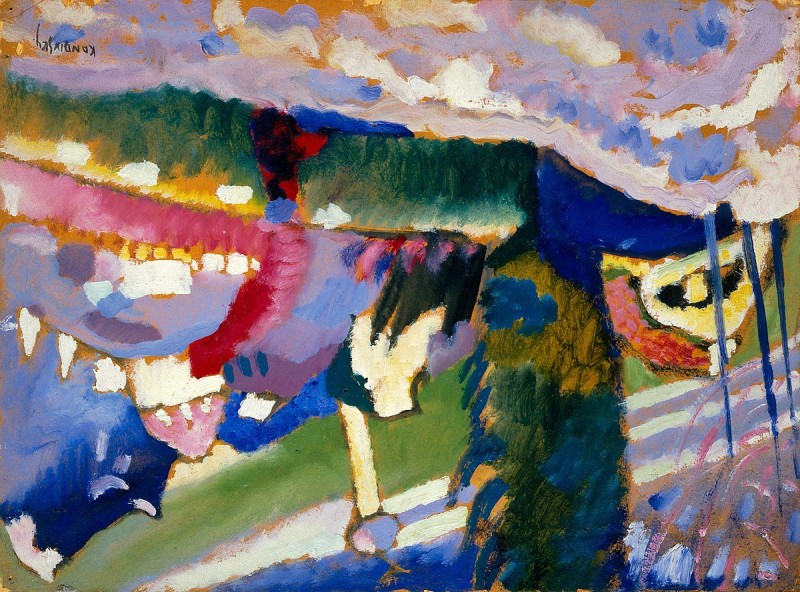
INSPIRATION
Private Notes
Private Notes
Notes
Inspiration
The painting for this article is one of Kandinsky's which is upside-down.
We all know the story. The lonely artist has not been able to create for months. Then late one night they (let's say a musician) hears a freight train that runs close to the house where they happen to be visiting. As the train approaches the pitch of the whistle hits a certain key which is then stretched out by the Doppler effect and this lonely artist hears the beginning of a hit song.
Far-fetched? Not at all. Gershwin's famous "Rhapsody in Blue" was inspired in part by the rhythms of a steam locomotive. During an overnight trip, he became mesmerized by the sound of its wheels on the metal tracks. Kris Kristofferson had a similar kind of moment in his famous song, "Me and Bobby McGee." He wrote the line, "Windshield wipers slappin' time."
But inspiration is quirky, to say the least. The popular perception is that an idea is handed to you out of the blue which is more or less true. But there is a second part. You have to accept the inspiration and also understand its value.
For example, according to one story, the poet, TS Eliot, saw a piece of dirty paper blowing in an alley. For most people, this would have been meaningless. But for him, it was a revelation. It became one of his central themes. In the first of his Four Quartets, he wrote, "Men and bits of paper, whirled by the cold wind That blows before and after time,"
Another famous example is about the abstract painter, Wassily Kandinsky. He came back to his apartment one afternoon and saw this wonderful painting that was just colors and forms with no people or buildings. Since it was in his apartment, he could not understand what it was. Then he realized it was one of his representational paintings that was upside down. And because of that, he invented abstract painting which he continued to follow until his death more than 30 years later.
Inspiration is wonderful when it happens but it is not just a gift, it is a kind of demand. When Neil Young was being interviewed on the Charlie Rose show, Neil said that his first obligation was to his muse. Then he looked at Charlie and said something like, "And if my muse were to suddenly start talking to me right now in the middle of this interview, I would have to get up and walk out."
Many artists have talked about the inconvenience of a sudden idea. A great idea might come to them, but they cannot pay attention because they have promised to be at work, for example.
And this is where my idea about having a notebook comes in. If you get a great idea, but you cannot stop what you are doing, then write down as much as you can in your notebook. During times of great inspiration, the actual wording can be important, for example. So try to write down exactly what you heard or saw in your mind, then as soon as possible work with it and focus on it.
However, many artists make the mistake of waiting for inspiration before they start creating. As I wrote earlier, you need to be up to speed when you get a good idea. This means you need to do your work on a regular basis so that when you do get that blinding flash of insight, you will have the skills to make it real.
When I was in college, there were a number of very talented writers who produced very little. They were waiting for inspiration to hit them but I think this was a mistake.
Also, be aware that inspiration can come in a variety of ways. It can be a dream, for example. Or it can be a vision like a very real daydream.
So here are two examples from science.
In the mid-1800s, scientists had been struggling to find a relationship between the various elements that made up matter. Dmitrii Mendeleev, a Russian scientist, had spent years on the problem. He had even made a set of cards with the name of each element, its atomic weight and other characteristics on each card. Then, like solitaire, he would lay them out on a table and try to arrange them in some kind of meaningful order. After years of doing this, he was close to giving up. Then one night he had a dream in which the order was clearly stated. When he woke up, he wrote it down immediately since dreams often go away very quickly. As it turned out he only made one change from the dream insight. And this dream became the basis for the Periodic Table, the basic map of matter in the physical world.
In a second example, Albert Einstein had been thinking about the properties of light and also Newtonian physics from an early age. He had become quite skilled at imagining a number of impossible situations such as riding on a beam of light, which he called thought experiments. After he had gotten his Ph.D. he was struggling with the concepts of light and time and space. Walking home late one night in Bern, Switzerland, he heard the old clock tower ring out the hour. Suddenly he was swept up in a vision of riding on the Bern trolley at the speed of light while looking at his pocket watch and then looking back at the time on the clock tower. When he realized that the time on the clock tower was frozen from his point of view (because the light from the changing clock tower time could never catch up with him) but the time on his pocket watch kept advancing, he had the core of his Theory of Relativity.
The clock tower in Bern Switzerland which included an astronomical clock on the bottom and the figure of the Greek god of time, Chronos, who rang the bell at the top of the tower.





























